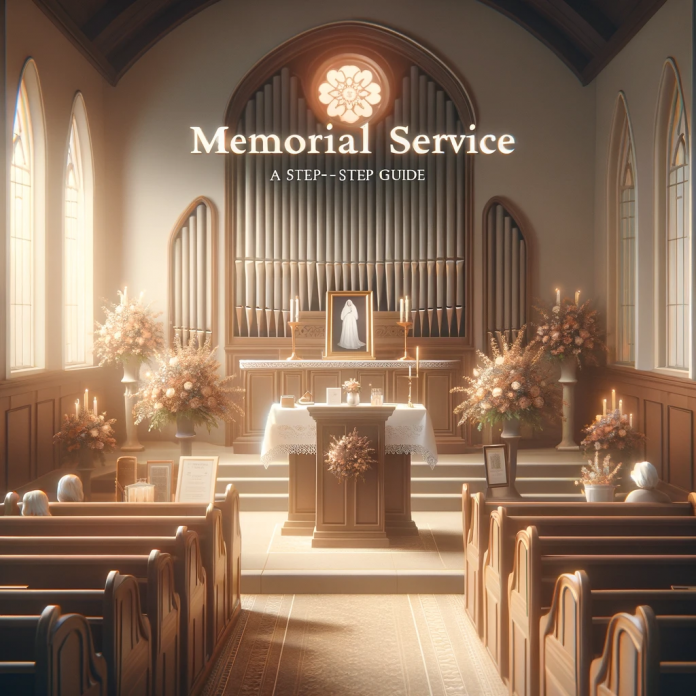Planning a memorial service can be a daunting task, especially during a time of grief. This comprehensive guide aims to simplify the process, providing a step-by-step approach to ensure a meaningful and personalized memorial service for your loved one.
Understanding the Purpose of a Memorial Service
A memorial service is a time to remember, honor, and celebrate the life of a loved one who has passed away. It's an opportunity for friends and family to come together, share memories, and support each other during a difficult time.
Unlike a funeral, a memorial service does not involve the burial or cremation of the body. It can be held at any time after the death, allowing more flexibility for those who need to travel or make arrangements.
Choosing the Right Type of Memorial Service
There are several types of memorial services, and the choice largely depends on the wishes of the deceased and their family. A traditional service typically includes readings, eulogies, and music, while a celebration of life is often more informal and personalized.
Some families opt for a graveside service, which takes place at the cemetery, while others prefer a memorial service at a place of worship, a community center, or even at home. The choice should reflect the personality and preferences of the deceased.
Planning the Memorial Service
Once you've decided on the type of service, it's time to start planning. This can be an emotional process, but breaking it down into manageable steps can make it less overwhelming.
Here are the key steps to consider:
- Choose a date and location
- Select a person to lead the service
- Decide on the order of service
- Choose music, readings, and eulogies
- Plan for a reception or gathering after the service
Choosing a Date and Location
The date of the memorial service will depend on a number of factors, including the availability of the venue and the schedules of those who wish to attend. Some people choose to hold the service on a significant date, such as the deceased's birthday or anniversary.
The location should be a place that was meaningful to the deceased or convenient for attendees. It could be a place of worship, a community center, a park, or even a family home.
Selecting a Person to Lead the Service
The person who leads the service can be a religious leader, a professional celebrant, or a close friend or family member. This person will guide the proceedings and ensure that everything runs smoothly.
It's important to choose someone who knew the deceased well and can speak about their life with warmth and respect. They should also be comfortable speaking in public and able to manage their emotions during the service.
Deciding on the Order of Service
The order of service will depend on the type of memorial service you've chosen. A traditional service might include an opening statement, readings, eulogies, a moment of silence, and a closing statement.
A celebration of life might include personal stories, favorite songs, and shared memories. It's a good idea to provide a printed program so attendees know what to expect.
Choosing Music, Readings, and Eulogies
Music and readings can add a personal touch to the service. Choose songs that were meaningful to the deceased, or that express the feelings of those left behind. Readings can include favorite poems, passages from books, or religious texts.
Eulogies are often given by close friends or family members. They should be heartfelt and personal, focusing on the positive aspects of the deceased's life.
Planning for a Reception or Gathering After the Service
A reception or gathering after the service allows attendees to share memories and support each other. It can be as simple as coffee and cake at someone's home, or a catered event at a local venue.
Consider the preferences of the deceased and the attendees when planning the reception. Some people prefer a quiet, intimate gathering, while others might appreciate a larger celebration of life.
Remembering Your Loved One
A memorial service is a personal and meaningful way to remember and honor a loved one. By taking the time to plan a service that reflects their personality and preferences, you can create a fitting tribute that will provide comfort and closure for those left behind.
While the process can be challenging, it's also an opportunity to celebrate the life of your loved one and share memories with those who knew them best. With careful planning and consideration, you can create a memorial service that truly honors their memory.


-banner.png)





